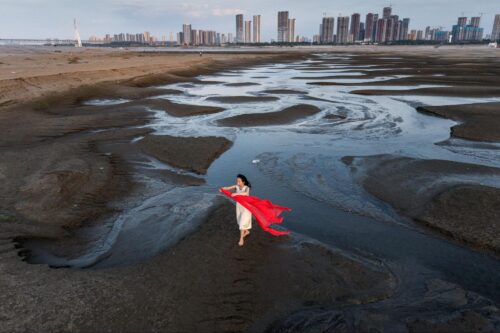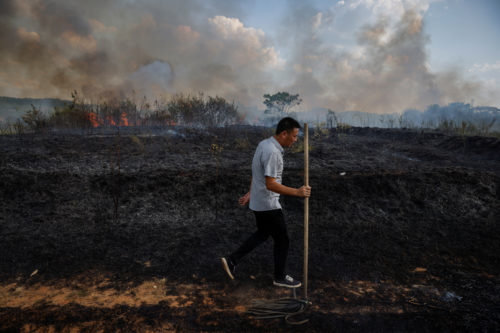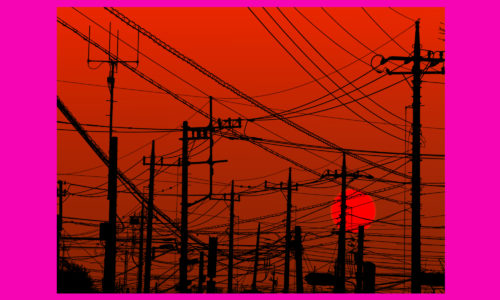China’s scorching heat wave dries up rivers and chokes supply chains
A prolonged heat wave in China has drained water reserves and ignited forest fires, forcing authorities to extend power curbs in a bid to shore up the country’s strained energy supply and keep the COVID-hit economy running.
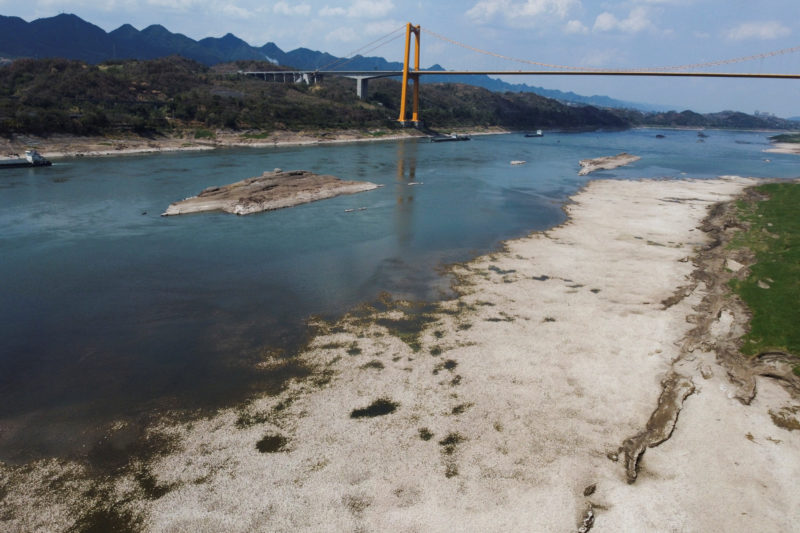
Beijing has extended electricity restrictions to a number of factories, residential areas, and shopping centers to secure energy resources amid China’s strongest heat wave in six decades.
Manufacturers such as Volkswagen, Toyota, and Foxconn have suspended operations in Sichuan, a southwestern province of 84 million people and a critical hub for lithium mining and solar panel production.
- Carmaker Tesla sought help from the Shanghai government to ensure that its suppliers in Sichuan would receive sufficient power to keep operations running.
- Electric vehicle owners in the region have also complained that recharging stations have been closed. Tesla said only two of its 14 charging stations in Chengdu were open on August 17.
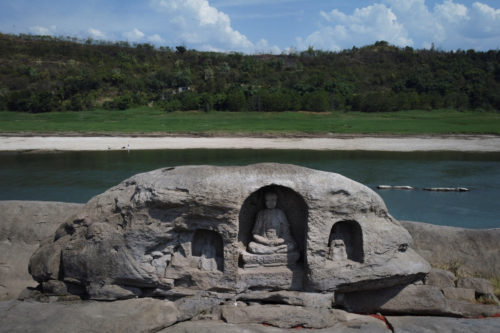
Authorities in the cities of Chongqing and Chengdu have ordered lights to be dimmed, while shopping malls and office buildings have switched off their glitzy outdoor advertising and have suspended the use of elevators.
- Officials have raised the emergency level to the highest possible level and dispatched at least 50 mobile generators from other provinces to help stabilize the local power supply, the State Grid Corporation of China said.
- Residents in the city of Dazhou, home to some 5.4 million people in Sichuan Province, have been sweltering in rolling blackouts this past week, unable to use electric fans and air conditioners to ward off the scorching temperatures.
- Giant pandas in Dujiangyan have been given birthday cakes made of ice and fruit in an effort to keep them cool.
Meanwhile, emergency responders were battling fires on Tuesday as temperatures soared to between 35 and 39 degrees Celsius, according to the National Meteorological Center, while authorities urged for more targeted measures to alleviate the impact of the extended drought in a bid to secure the autumn harvest this year.
- Rainfall around the Yangtze River Basin fell about 30% in July and is 60% lower than normal in August, with the river’s tributaries “significantly lower” than historical levels, according to the Yangtze River Water Resources Commission, per Reuters.
- The Yangtze’s receding water levels have revealed a trio of ancient Buddhist statues believed to be 600 years old.
Further south, Typhoon Ma-on will be the ninth tropical storm to hit this year, as coastal areas brace for more torrential rain and flooding expected to hit on Thursday.

